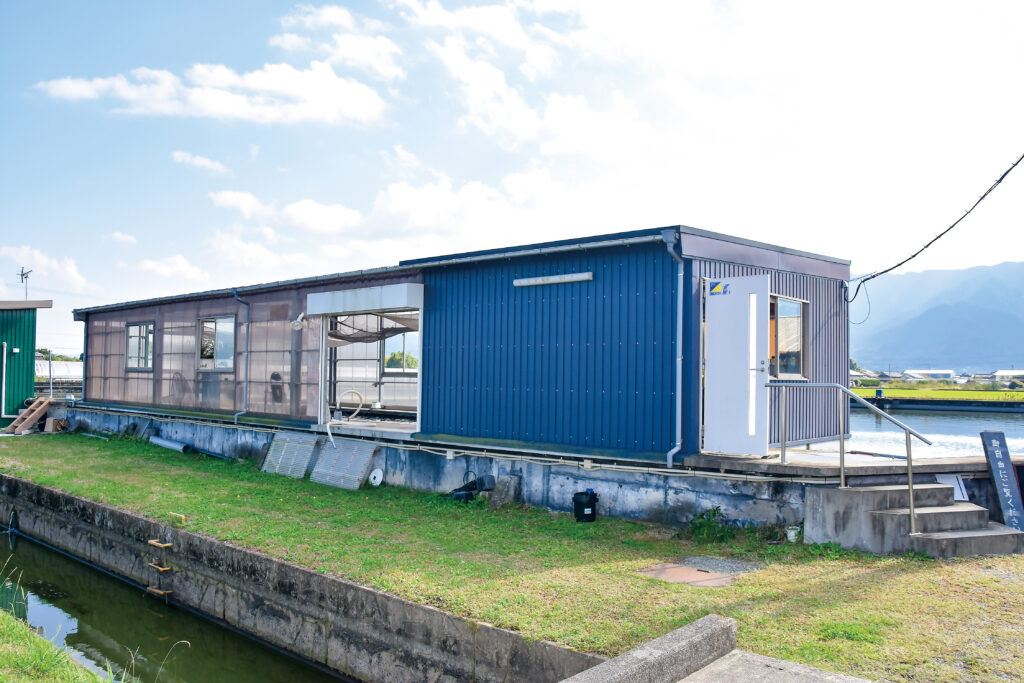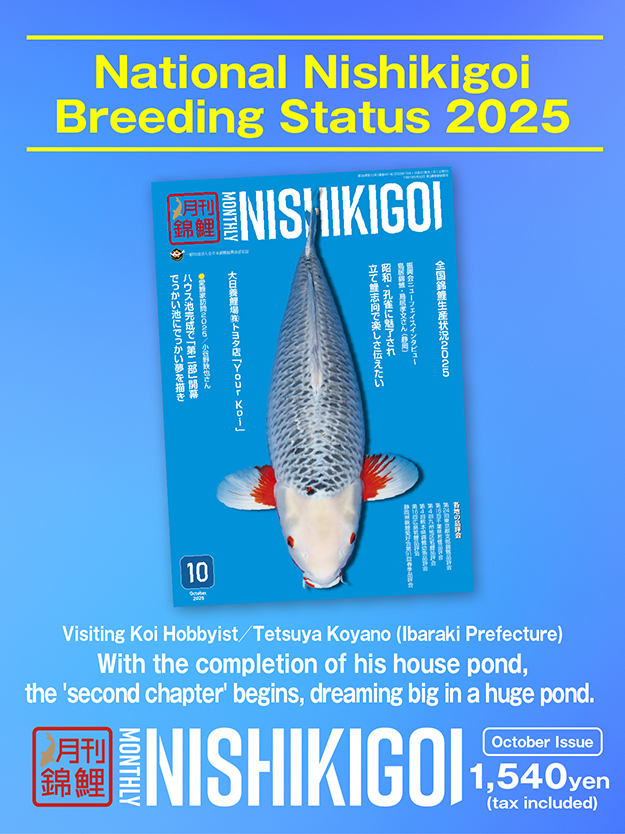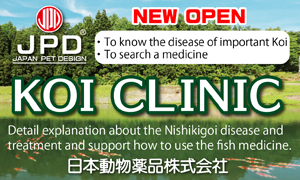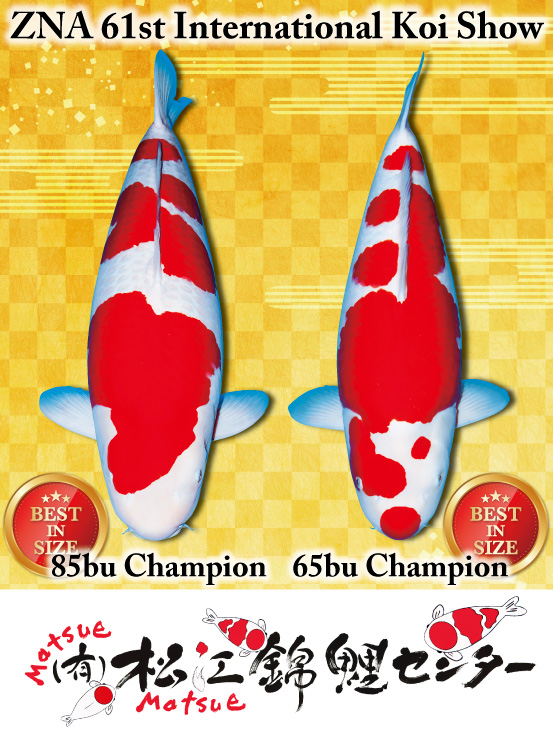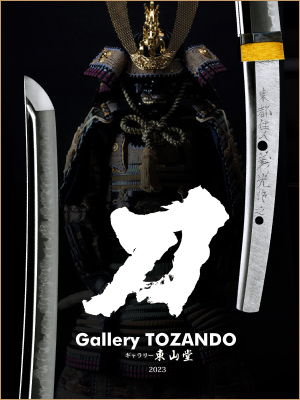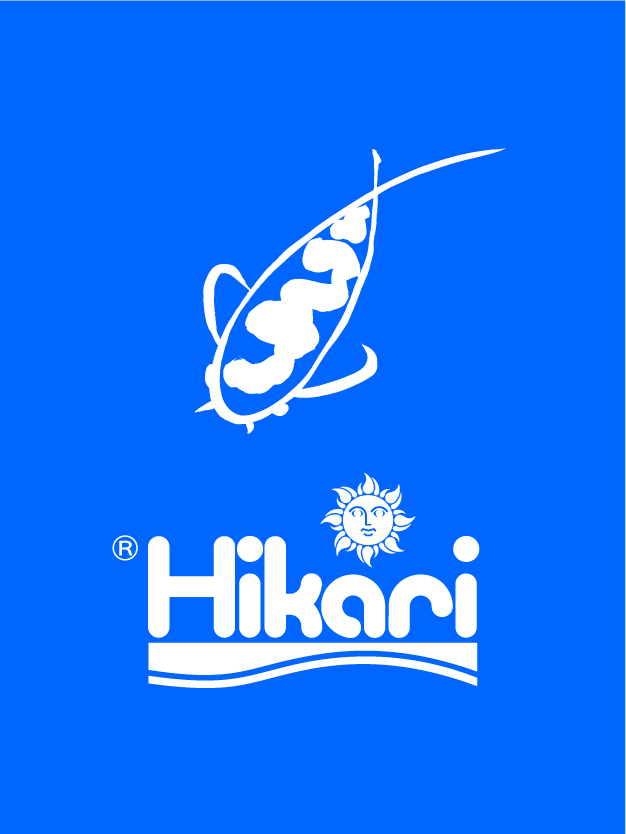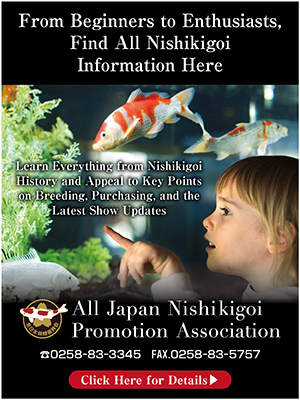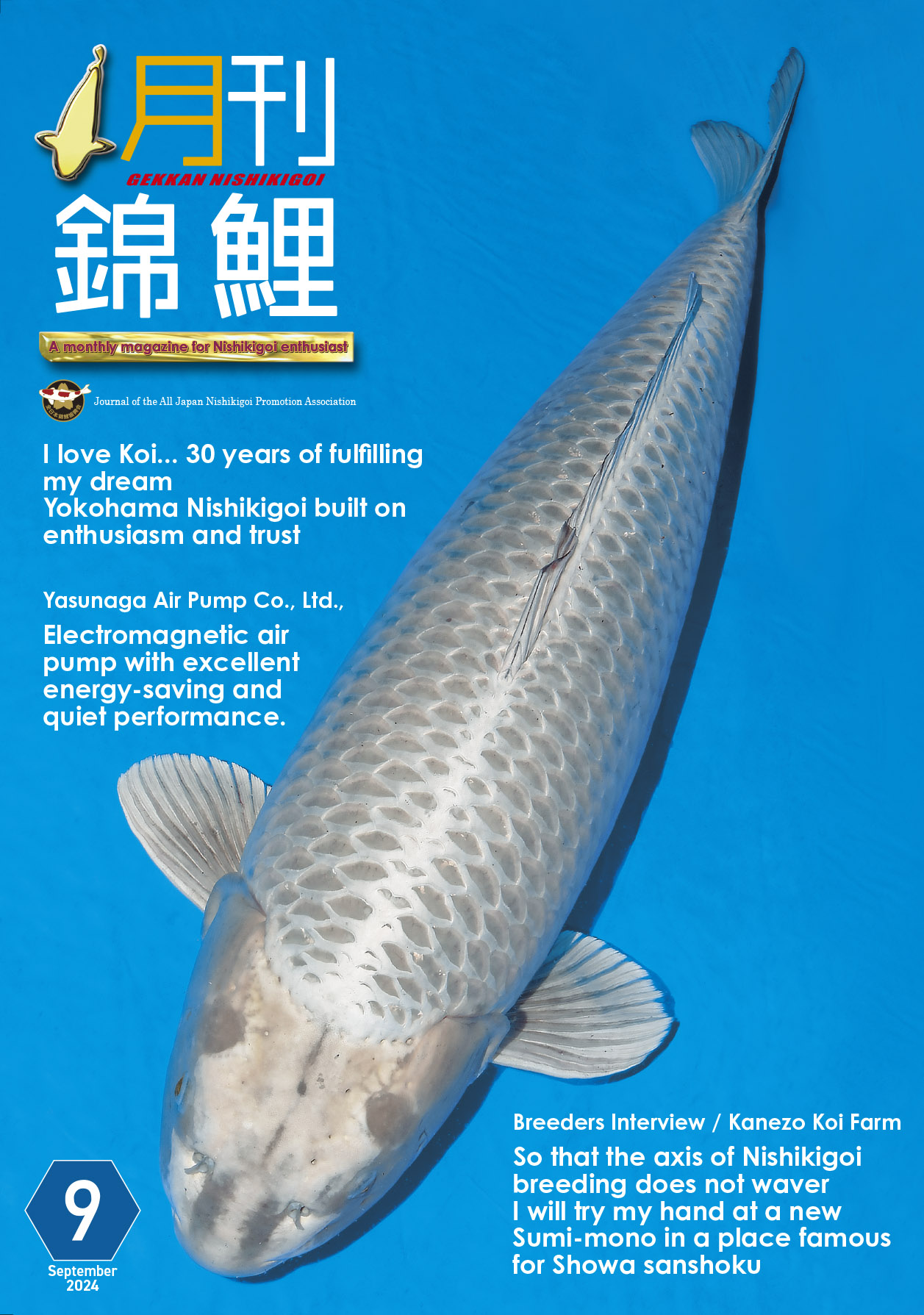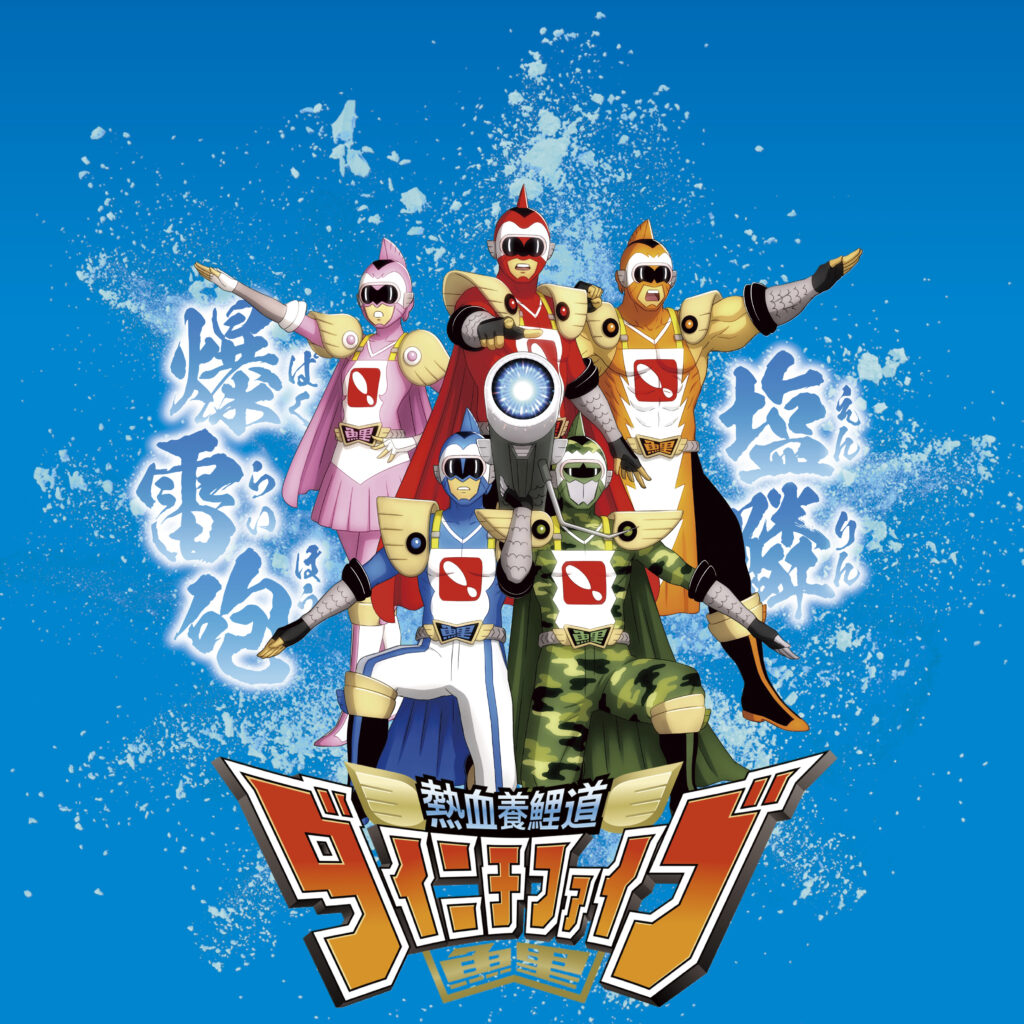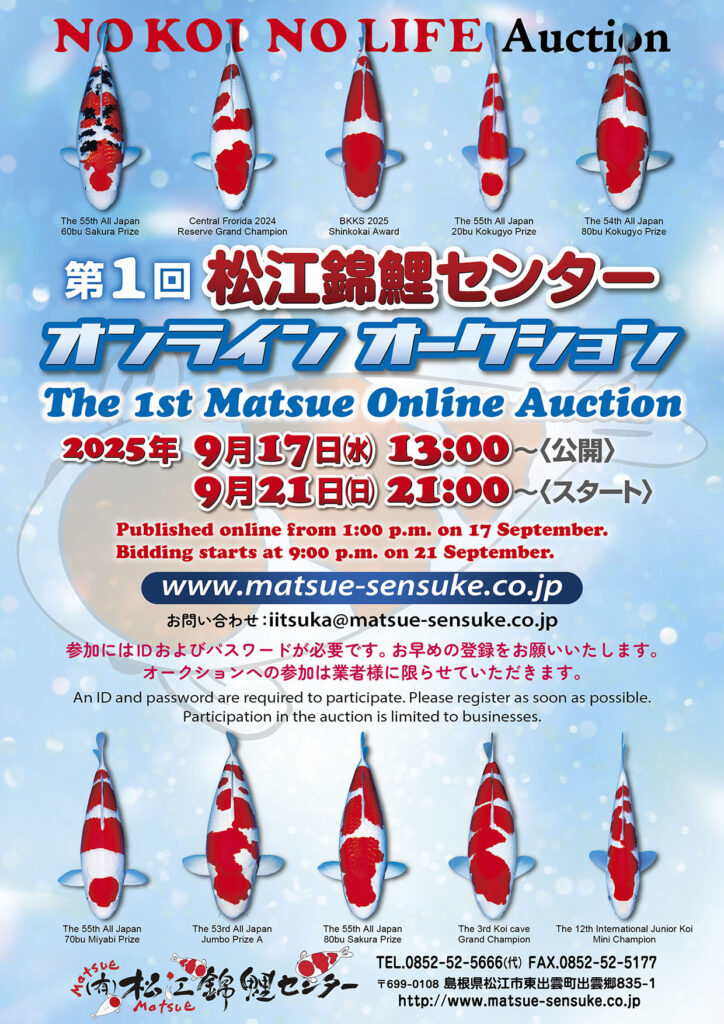— Has spring water farming been increasingly effective since then?
Eiji: Yes. We’ve put a lot of effort into it. However, the growth rate of koi in natural ponds and spring water is completely different, so we divide the two-year-old koi into two groups: 80 in natural ponds and the remaining 40 to 50 in spring water. Koi aged three and above are mostly raised in spring water. It’s getting a bit crowded now, so we’re considering expanding the house ponds.
— You entered the family business right after high school. Did you learn farming techniques from other producers?
Eiji: Mr. Matsue has been a great help. Actually, I originally planned to study under Mr. Sakai after my overseas studies, but I had to return home due to family reasons. Without much knowledge of other producers, Mr. Matsue’s managing director answered all my questions and gave me a lot of advice. I’ve been referring to his experience for the past few years, and he’s like a mentor to me.
Now, I travel around to purchase koi and exchange ideas with others at competitions. It’s enviable how many producers are gathered in Niigata. In Kyushu, the only person around my age is Shouhei Takatsu (Takatsu Fish Farm) from Fukuoka, who is four or five years older than me. There hasn’t been a newcomer in the past 10 years (laughs).
Kenji: When I first started in the koi business, I was also the youngest.
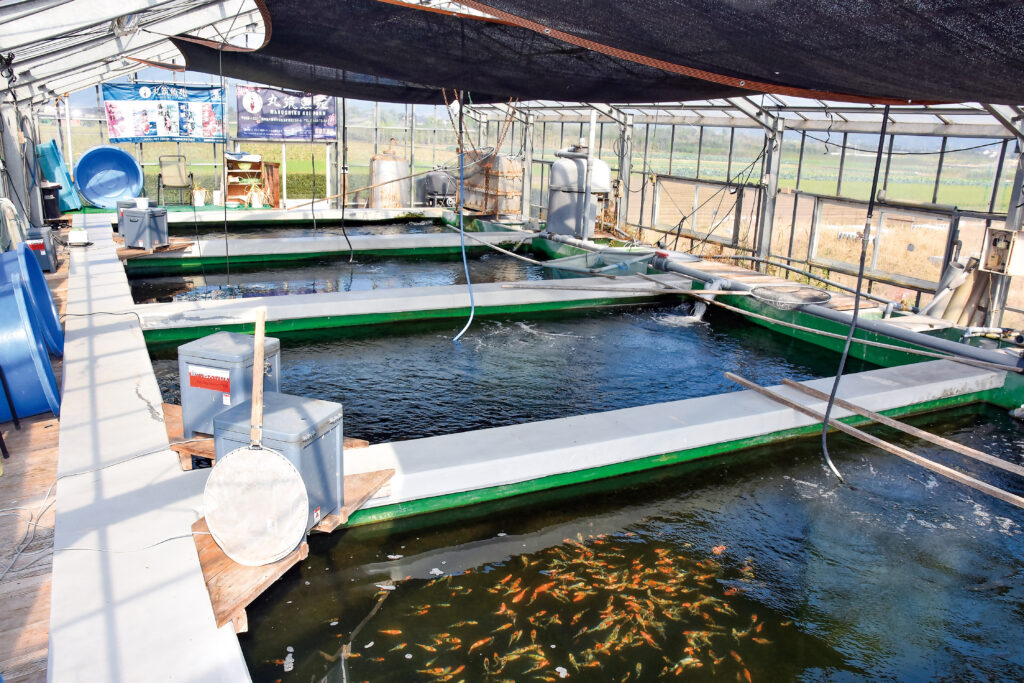
Providing enthusiasts with a space to relax and unwind,
while also enjoying the pleasures of production and procurement.
— Except production, do you also engage in procurement?
Eiji: We don’t operate on a model of bulk purchasing and then selling. However, for varieties like Ogon and Shiroutsuri that we don’t produce here, we do procure from other places. During this process, we also select some koi with potential to enrich the variety of our sales. So, not all koi are immediately put up for sale; we also value those tatekoil and will procure them.
— Do you also pay attention to koi that might become parent koi in the future?
Eiji: That’s true for the gosankei varieties. We select koi that have multiple uses. Actually, the process of selecting and purchasing koi is the most interesting. I think this feeling is the same for both breeders and enthusiasts. I really enjoy going to koi shops to select koi and exchange opinions.
Kenji: I used to focus on cultivating koi with potential, but now the sales of young koi are the main focus. For enthusiasts, the price of purchasing koi with potential can be quite high, so young koi are more accessible.
In the Kyushu, since the year before last, we have held Junior Koi Show, and now there are Koi show for junior, young, and adult koi, which has significantly changed the types of koi exhibited. This is very interesting.
Eiji: Here, the demand for tosai has been high for a while. Some customers buy 2 or 3-year-old koi whose gender is not yet determined, hoping they will grow into excellent koi. This way of playing is becoming increasingly popular. Moreover, there are more choices with yearlings, so our current sales method includes this, and we also offer boarding services, enjoying this process with our customers.
